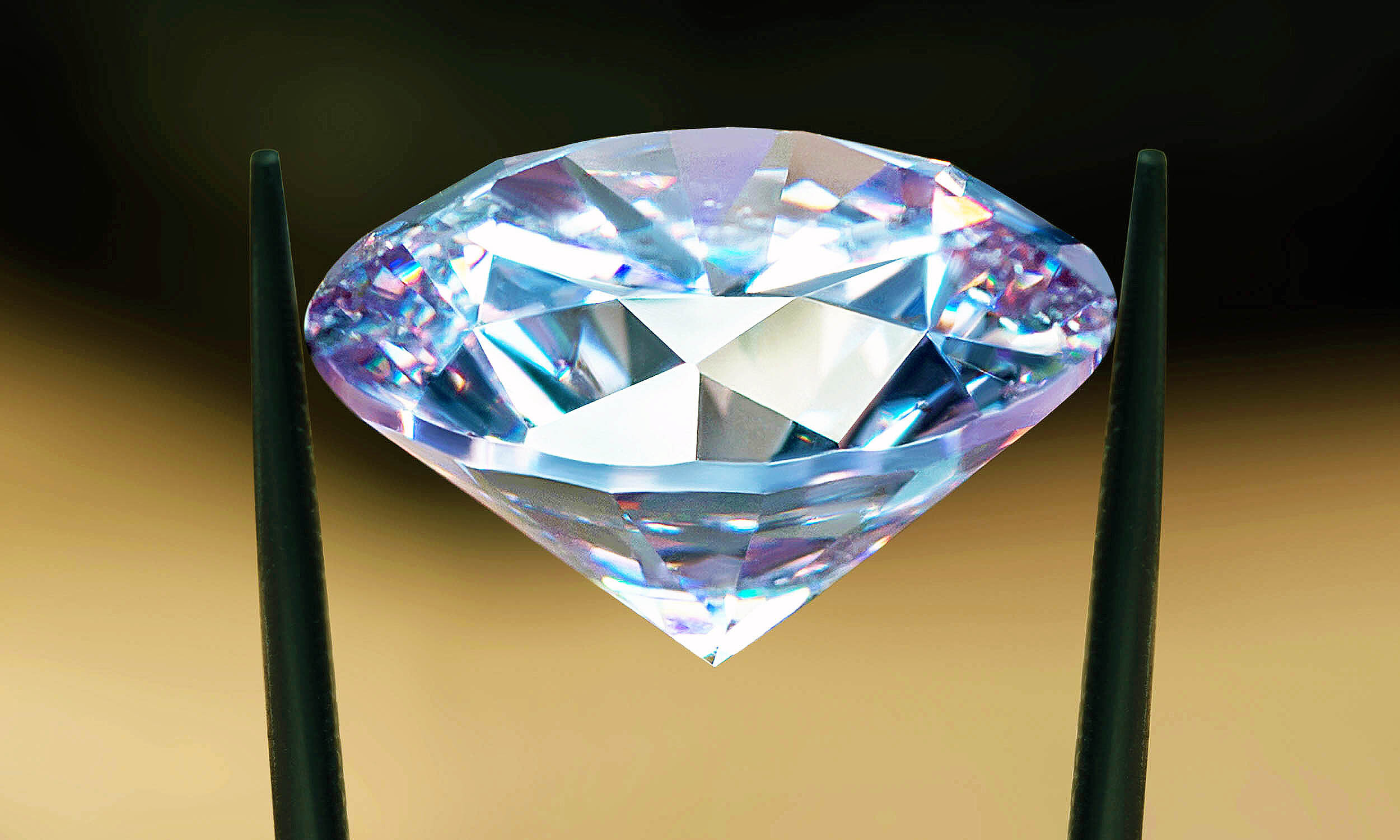Before synthetic gemstones were trendy and they were truly worthless I bought 5 massive sapphires for like 3 dollars each.
They’re on my desk, I see them every day. Every time I play with them I muse about how not so long ago people murdered each other for gems so large and so perfect. Now that anyone can have them though, they’re toys.
Gems were always about status, nobody aside from nerds every wanted them because they were beautiful, or because their physical properties and fascinating. Showing how much ‘better’ you are than someone else was worth more than human lives.
I don’t think new methods for making diamond will really help anyone, the nutters will just find new ways to flaunt their power.
Diamonds actually have real life practical purpose, like being the tip of a drillhead to dig underground.
I think rich people collect art, these days, right? For inflated prices. And, like, limited wines. Maybe I’m thinking of money launderers.
Sounds cool. Can I have one?
If you give me your address and pay shipping. Although if you want sick gems the coolest thing you can do is buy rejected lab rough (grade inferior for lasers and shit), and then take it to your local lapidary club and facet it yourself.
I faceted this into trillion but it’s too dark to have much brilliance.
Where does one purchase these rejects?
Seconding the request on where to purchase rejects. I’ve always wanted to make jewelry for mom, who has super particular taste in style, but would genuinely prefer something like rejected lab made
Seconding? No firsting.
Um just search lab rough or synthetic rough online. It’ll depend where you’re located what a good deal is. Aliexpress, eBay, gem dealers around you etc.
e.g. if you live in the terrible empire: https://www.gemsngems.com/product/lab-created-blue-sapphire-rough/
This just in!
I’m a freak accident, a jet plane owned by De Beers Group crashed into the lab, killing all but one member of the team responsible for this discovery. In an unrelated event, the final member, who was not in the lab when the plane crashed, accidentally stumbled on front of an oncoming subway train.
In a press release, a De Beers representative is quoted as saying, “Oopsie!”
“I’m a freak accident” I had visions of the Allstate Mayhem commercials.
Finally. Can I now get a smartphone screen made of diamond please?
And some diamond thermal paste
Wouldn’t that basically just be graphite?
No! good question though, but it misses a detail of their molecular geometry/energy structure.
They’re both allotropes (different forms) of carbon but the way they are arranged atomically is different. Like soot is basically just random balls of carbon (??? bonds), graphite is rings bonded in a plane (3 bonds, a single layer of which is called graphene), and diamond is a network that extends in 3 dimensions with each atom bonded to 4 carbon atoms.
When you grind them up you are more making smaller and smaller shards of the base material than changing it’s energetic structure, although at the edges it is changing. If you grind pathologically I suppose you would eventually reduce it all to soot.
The physical properties of stuff is in part altered by the surface configuration when we get extremely small, but in general we just consider the bulk as even tensie tiny fragments of stuff are thousands (tens, hundreds of depending on geometry) of atoms, of which only a handful have different bonds at the edge.
I love learning. Thanks for sharing!
Gem quality or that weird black shit they use for diamond tipped drills and such?
The latter, it’s tiny stuff atm. Industrial. May find ways to improve growth.
It’s in the article lol.
Who cares? Diamonds and gems are just shiny. Literally worthless now that they can be manufactured. Gold? A good conductor, nothing else.
Because certain kinds of gem quality diamonds are an even better conductor of electricity with better heat dissipation than gold and copper, and could be used for better electronics if they were large enough.
deleted by creator







